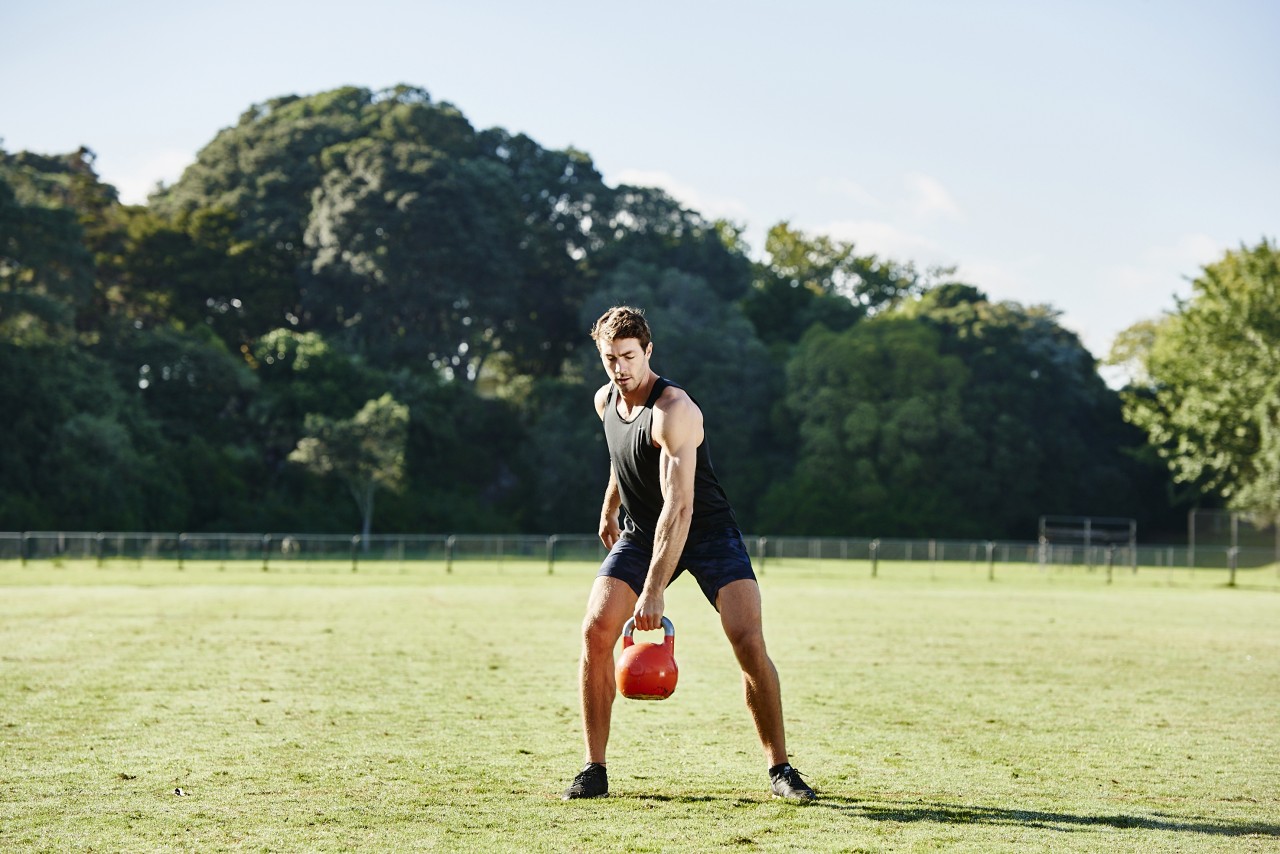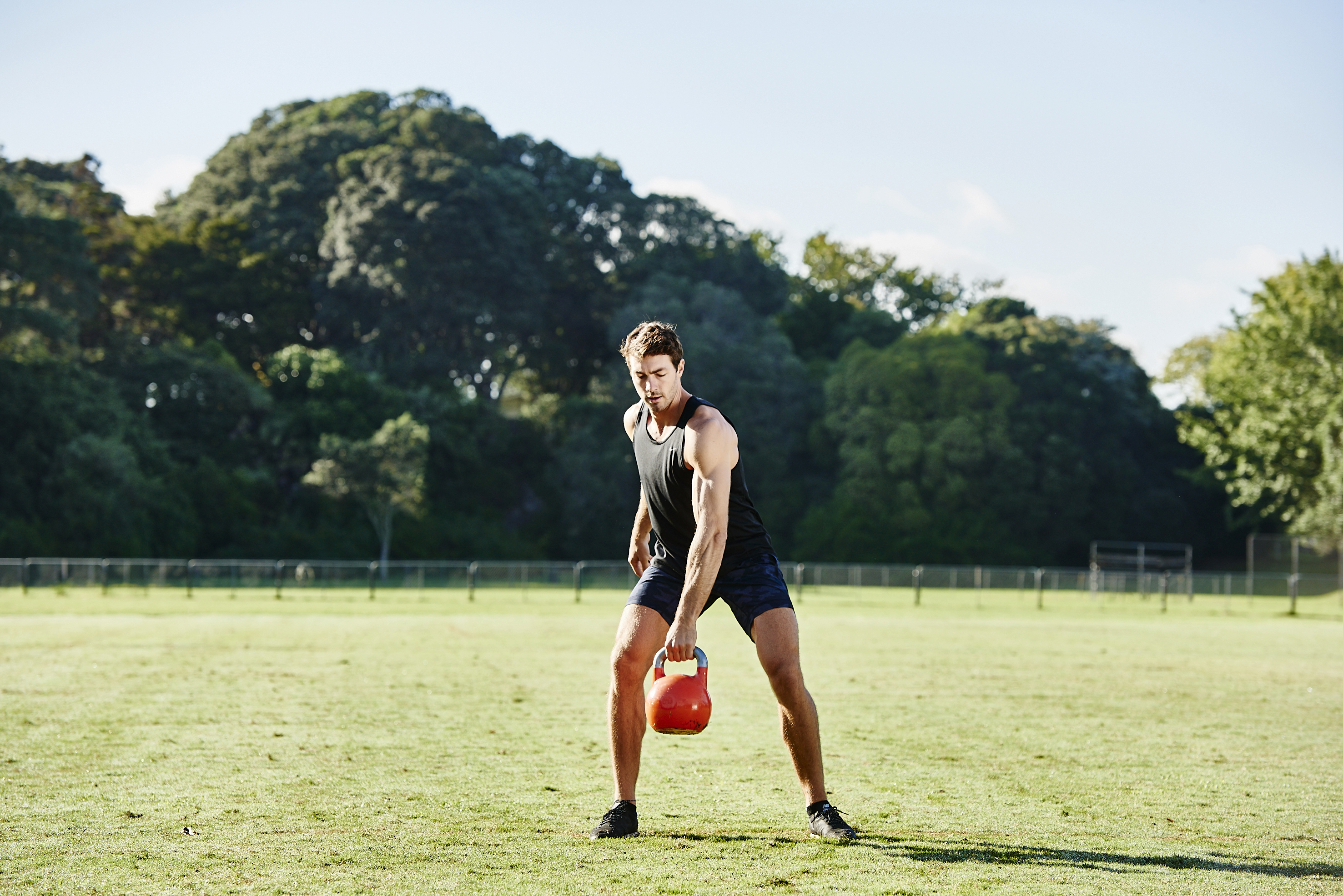
Subaru owners are traditionally doers. Like the majority of Kiwis, they like to get out and do! While ‘do’ is the spirit of Subaru and usually we advocate for you to get out and do extra across the country, the current Covid-19 situation makes this challenging! We put our thinking caps on and decided to get in touch with our ambassador and sponsor family to see what they have come up with over the past week to ‘do more with less’.
We are all faced with being at home, with less people to interact with, less equipment/facilities to keep us active and less places we can go. However, Subaru is fortunate to have ambassadors/sponsors scattered throughout New Zealand and they have a range of interests from rally driving to surfing, and the benefits of physical activity, plus they come from a variety of backgrounds, including business, professional sport and farming. They have come back to us with some clever, creative ideas and we look forward to sharing them with you over the next month.
Subaru brand ambassador Art Green is a well-recognised public figure and a passionate advocator for living a healthy, active lifestyle. We asked him to share his tips on doing more physical activity with less access to the great outdoors or a gym.
An Auckland entrepreneur, Art studied Sport Science at Otago University and following his studies, Art managed a gym in remote Western Australia, giving both nutrition and exercise advice. He developed an interest in the whole-food nutrition and now co-owns Plate Up - a healthy meal delivery business with his wife Matilda.
Art, who drives a Subaru Outback, can usually be seen out and about embodying ‘do’ the essence of Subaru and showing his 106,000 social media followers how his Subaru enables his active lifestyle. With the restrictions in place due to Covid-19, Art has written up some tips for Kiwis that help you ‘do more with less’ space!*
Keeping active while on lockdown
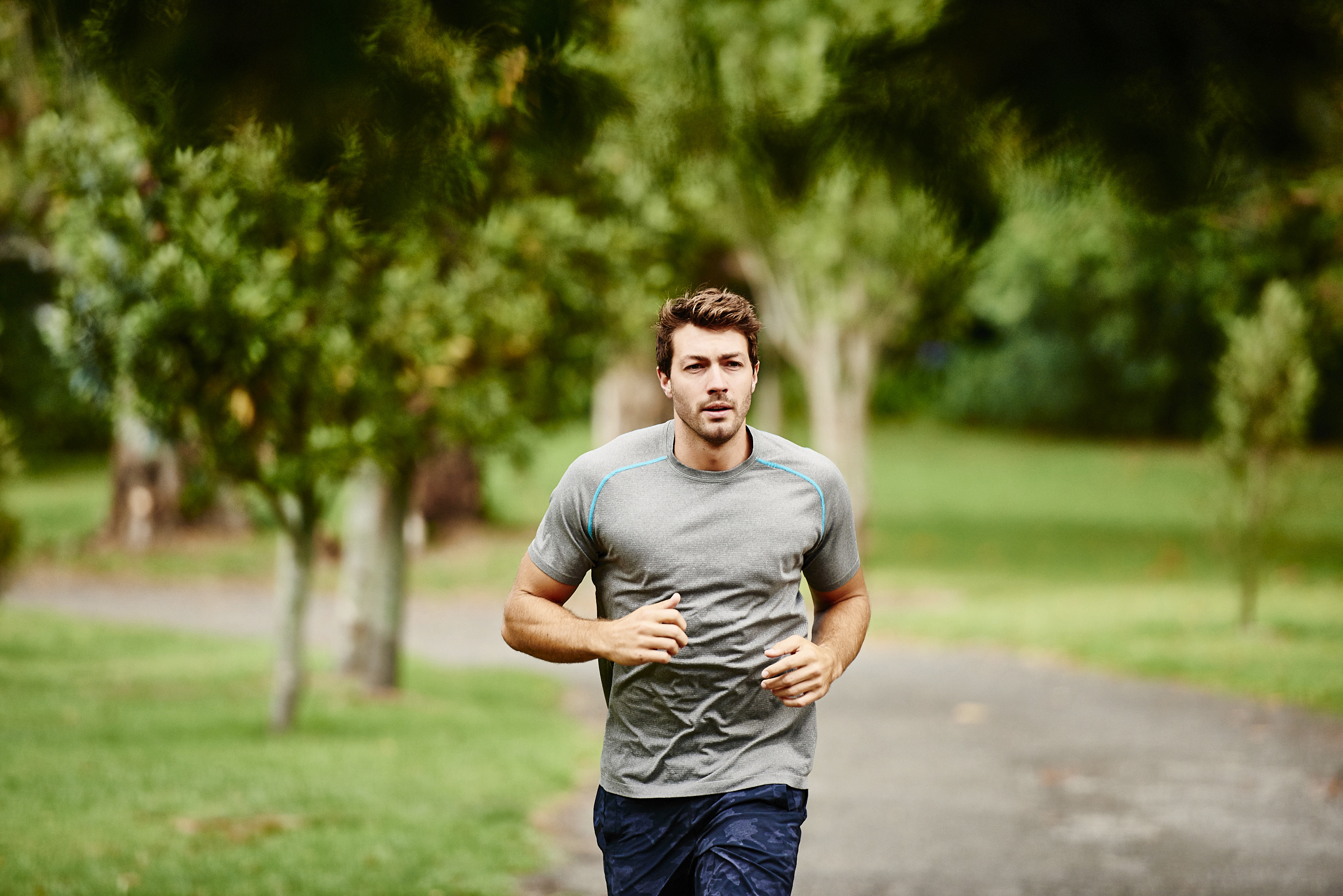
Keeping active can be hard at the best of times. Now with the country in lockdown, and the vast majority of people unable to leave the house, except for a short stroll within a stone’s throw of the front door, it’s even harder for some of us to find the motivation. But I would argue that right now it’s even more important than ever to make an effort to be active, and here’s why.
- It’s good for the brain. In the short term exercise causes endorphins to be released (feel good chemicals), and in the long term it can help with cognitive function and preventing the effects of dementia later in life.
- Regular physical activity is known to help, prevent and treat depression.
- It positively effects your immunity through a myriad of factors that scientists are just discovering, it appears that regular physical activity makes us less susceptible to viruses and bacteria.
- It helps us sleep better, which in turn is a major factor in keeping our immune system strong.
These four points are particularity prevalent to us right now. In a time where many of us are wanting to worry less, fight stress, feel positive, and have a strong immune system – physical activity can help us with all of this!
Physical activity is also great for:
- The cardiovascular system (your heart and lungs, and their ability to get oxygenated blood around your body) and can help prevent against cardiovascular disease (heart attacks, strokes and blood vessel damage) which is the leading cause of death in New Zealand.
- It improves your blood lipid profile (this is your cholesterol).
- Reduces body fat, particularly visceral fat (the bad fat that contributes to the development of chronic diseases like type 2 diabetes and some cancers).
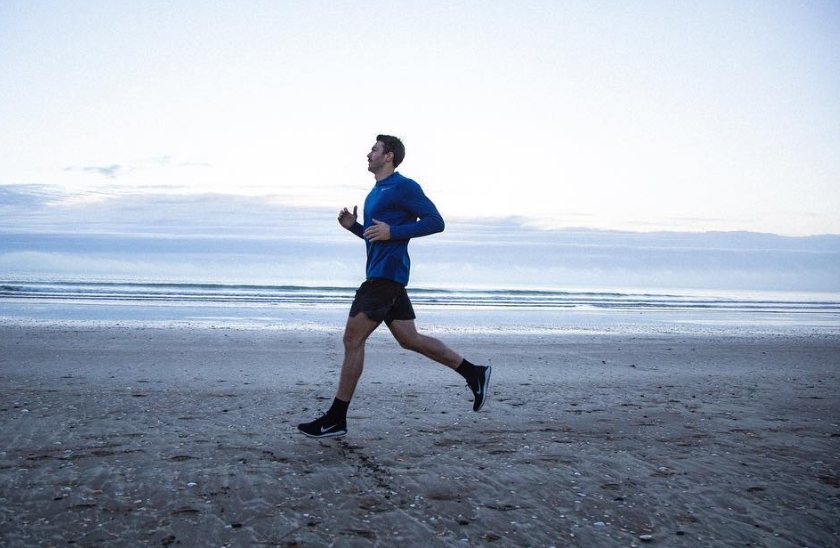
How can I exercise in my house?
The next question is “how the hell do I exercise if I can’t go to the gym, or go too far from my house?” And even if you have identified an area in the house that you can exercise in, maybe you’re a bit unsure of exactly what exercise you want to be doing, or how to start.
Well you’re reading the right article, because below you will find some useful, short and sharp bodyweight workouts that can be completed anywhere - all you need is some floor space (about 2m squared), a chair and a timer. For the timer you can just use your phone or a clock/watch but I find circuit timer apps to be so useful for this type of exercise as you can set them to beep, or make noises at every interval so you don’t have to watch the clock. A brilliant free circuit timer app that I recommend is called Interval Timer – HIIT Workouts and this is a free download from the Apple app store and Android app store.
Get motivated with these mental prompts!
Lastly, if you’re struggling to find the motivation, remember that everyone finds it hard to motivate themselves to get active from time to time – you’re not alone here! A couple of things that I keep in mind, or tell myself to get me motivated are:
- You never regret doing a workout! I find that I often try and talk myself out of a workout on the premise that I’ll be better off in some way if I don’t but when it comes down to it, I have never ever regretted doing a workout. I’m always stoked that I did it.
- The hardest part about doing a workout is putting on your shoes. This is actually something that my dad said to me years ago and I think about it to this day whenever I can’t be bothered being active. Essentially the hardest part about doing some sort of exercise is getting yourself into the right mindset to put your workout shoes and clothes on. Once you’ve done that, you’ve gotten over the first and biggest hurdle – your mind.
Now you’re ready for some workouts.
This first workout will give you a full body workout that doesn’t take too long and can be altered to be challenging for all fitness levels.
This circuit was actually designed by a pair of researchers who wanted to develop a workout that would maintain strength and muscle in as little time as possible, all while only using your bodyweight. It’s often referred to as the 7-Minute Scientific Workout.
7-Minute Scientific Workout
Perform each of the following exercises for 30 seconds, with 10 seconds rest between the exercises. Do each exercise as explosively as possible, trying to perform as many reps of the exercise as you can in each 30 second period (apart from the wall-sit and the planks which are obviously static holds).
- Jumping jacks
- Wall sit
- Pushups (off hands or knees)
- Crunches
- Step-ups (onto a surface like a chair)
- Squats
- Dips (using a chair)
- Plank
- Lunges
- Running in place with high knees
- T-pushups (Perform a pushup and at the top of each pushup lift one hand off the ground and rotate around so your arm points straight up forming a “T” shape with your body, and alternate between arms)
- Side planks
Depending on your level of fitness, you can perform one round of this circuit (7 minutes) or build up to being able to perform two or three rounds of the circuit consecutively.
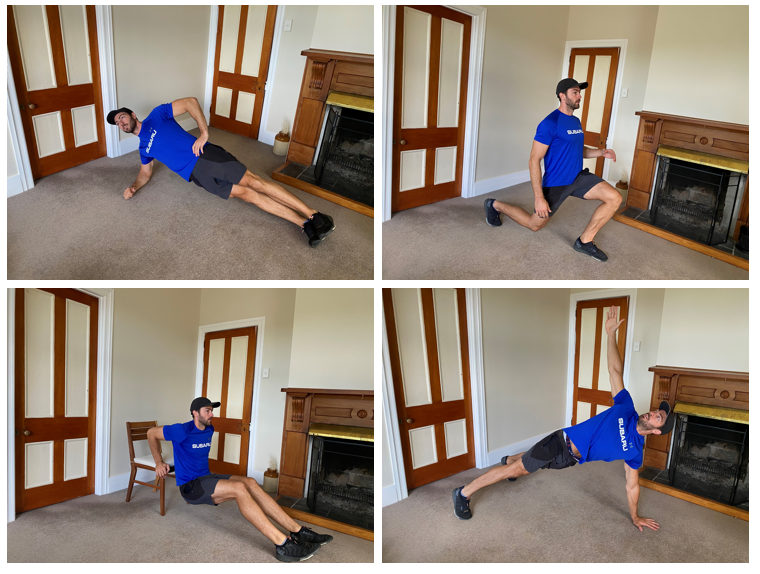
If you want to make the circuit harder for yourself, you can also substitute in these more challenging exercises:
- Burpees instead of jumping jacks
- Clapping push-ups instead of push-ups
- V-sit-ups instead of crunches
- Pistol squats instead of step-ups
- Squat jumps instead of squats
- Lunge jumps instead of lunges
Now that you have an inventory of exercises that you can do to work your whole body, you can start to mix it up with some other formats of circuits. Two great options are EMOMs and Tabata workouts.
EMOM workout
EMOM stands for Every Minute On the Minute. What this means is that you perform a set amount of reps of a specific exercise (Minute exercise) on every minute (every time the clock shows :00), then complete as many reps as possible of another exercise (Scoring exercise) in the remaining time left in that minute. You will do this for a set number of minutes. Doing a short EMOM workout can be a great warm-up to a longer workout or combine multiple EMOMs for a complete workout.
I know that explanation above is a bit confusing without an example, so let’s use the EMOM 1 below to show you what I mean. Start the timer and do 6 burpees. Once you complete those burpees start doing dips (and count them) until the time gets to 1 minute (ideally you will have a stopwatch or an app on your phone that can beep every minute) at which time you will do another 6 burpees before continuing your count of dips in the remainder of that second minute. Continue doing this for 5 minutes and your score is how many dips you performed in total over the 5 minutes. You will find that the further through the workout you get, the more fatigued you become, and the minute exercise will take longer to complete; this leaves less time for the scoring exercises. You can use the score to track your fitness progression.
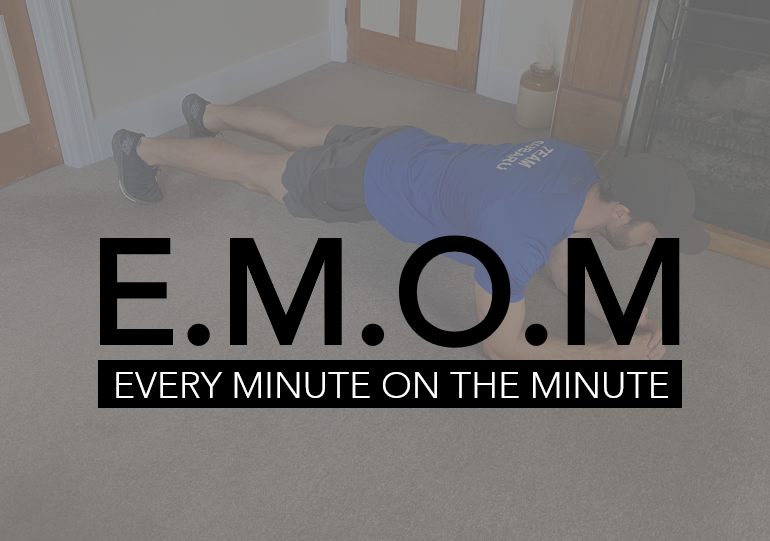
EMOM 1
- Target muscle groups: Full body / triceps
- Time: 5 minutes
- Minute exercise: 6 burpees
- Scoring exercise: Dips
Other EMOM example workouts
EMOM 2
- Target muscle groups: Upper body / cardio
- Time: 10 minutes
- Minute exercise: 10 push-ups
- Scoring exercise: jumping jacks
EMOM 3
- Target muscle groups: Legs / abs
- Time: 5 minutes
- Minute exercise: 10 squats / squat jumps
- Scoring exercise: crunches / v-sit-ups
Tabata workouts
Tabata training is a widely used form of high intensity interval training (HIIT). Before I explain the workout, I’m going to give a brief history of Tabata because I think it’s quite interesting.
The term Tabata comes from the guy who invented it Dr Izumi Tabata, a Japanese scientist from the National Institute of Fitness and Sports in Tokyo. Dr Tabata performed experiments with two groups of Olympic speedskaters. The first group trained at a moderate intensity for a long duration, and the second group trained at a high intensity for only 4 minutes a day (consisting of 20 seconds exercise followed by 10 seconds rest repeated eight times). What he found was that group 1 had increased their aerobic system (cardiovascular) but showed little or no results for their anaerobic system (muscular strength, speed and power). Group 2 (the Tabata athletes) showed an even greater increase in their aerobic system than Group 1 and increased their anaerobic system significantly. In conclusion Dr Tabata proved that high-intensity interval training (HIIT) has more impact on both the aerobic and anaerobic systems.
How this works is that you exercise as hard as you can for 20 seconds, then rest for 10 seconds, and repeat it eight times (so the total workout is only 4 minutes). You can either do one exercise for all eight of the 20 second bouts, or you can pair two exercises up and work them both in the same 4-minute Tabata set.
So, let’s have a look at the examples below to help explain. In Tabata 1, you would perform as many burpees as you can for 20 seconds, then rest for 10 seconds, and repeat this eight times (total of 4 minutes).
In Tabata 2 as an example, you would perform as many push-ups as possible in 20 seconds, rest for 10 seconds, then perform as many squats as possible in 20 seconds, then rest for 10 seconds and repeat that four times (total of 4 minutes).
Tabata 1
- Target muscle groups: Full body
- Time: 4 minutes total (20 seconds on / 10 seconds rest)
- Exercise: Burpees
Tabata 2
- Target muscle groups: Full body
- Time: 4 minutes total (20 seconds on / 10 seconds rest)
- Exercises: Push-ups and squats (or squat jumps)
Tabata 3
- Target muscle groups: Legs
- Time: 4 minutes total (20 seconds on / 10 seconds rest)
- Exercises: Lunges (or lunge jumps) and wall sit
Tabata 4
- Target muscle groups: Abs
- Time: 4 minutes total (20 seconds on / 10 seconds rest)
- Exercises: Crunches and plank
Art Green is a Subaru ambassador and drives a Subaru Outback which when he's able to get out and about, helps him get out to his favourite trail runs and water holes, and with integrated roof rails he can easily put on his surf board and head to the beach when the waves are looking good! It's important to follow the Government's guidelines while in Level 4 and Level 3 to stay close to home and not travel in your vehicle to places other than getting essential items or somewhere less than ten minutes drive in Level 3.
* While Art Green is not a qualified personal trainer, he has a lifetime’s experience of keeping fit. The above workouts were created in conjunction with Art and Subaru does not take any responsibility for any injuries as a result of undertaking them. Please consult your GP before doing exercise if you have health issues.
